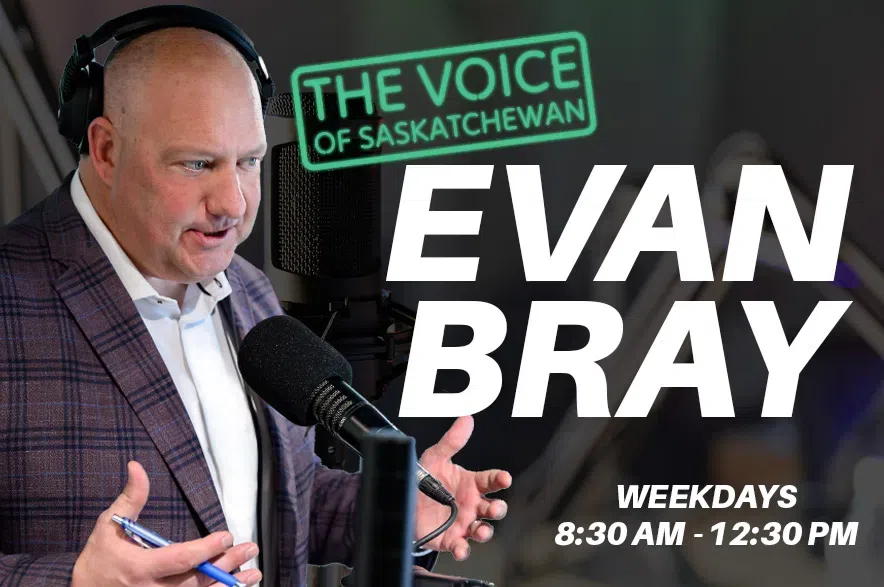For the second time Thursday afternoon, a tornado warning was issued for areas of south-central Saskatchewan and then lifted.
At 3:42 p.m., the warning was put in place for areas around Viceroy, Ormiston, Verwood, Spring Valley and Cardross.
Environment Canada said its meteorologists were tracking a severe thunderstorm that was possibly producing a tornado. The storm also was believed to be packing “damaging winds, large hail and locally intense rainfall.”
The warning was lifted at about 4:45 p.m.
At 2:20 p.m., Environment Canada had issued a tornado warning for areas around Assiniboia, Mossbank and Ardill. About 15 minutes later, the warning was cancelled.
Meteorologist Terri Lang said the first warning was issued because radar was picking up a rotation in the clouds.
“So it’s just a precautionary issuance of the warning just because when the clouds start rotating, that increases the likelihood of a tornado being formed,” she said shortly before the warning was lifted.
Lang said situations like this can change very quickly, even within seconds.
“That’s why we issue the warnings just because things can develop so quickly,” she said.
Severe supercell seen from just SE of Moose Jaw area 215pm #skstorm pic.twitter.com/82BBZMxDX8
— Eric Stromberg (@Cire605) June 1, 2023
331pm SW Avolea SK #skstorm pic.twitter.com/f7euTL7k33
— Eric Stromberg (@Cire605) June 1, 2023
Severe thunderstorm warnings remain in place for areas across the province. They all suggested the storms could involve rain, high winds and hail.
Severe thunderstorm watches also were in place across the province.
Earlier Thursday, the weather service issued an advisory saying that conditions were favourable for the development of funnel clouds in areas across the province.
“This is very typical summer severe weather for Saskatchewan,” Lang said. “We’ve gotten ourselves into a pattern where there’s some moist warm air coming up from the south and we know that warm air can hold a lot more moisture, and moisture and warmth is what’s needed to form these thunderstorms.
“On certain days when certain elements come together, we can get the possibility of severe weather.”
Lang said that in severe weather season, people should have a consistent way of receiving alerts, be it their phone, TV, the radio or any other means.
“(It’s about) having a plan of knowing what to do when severe weather hits instead of trying to do something in the middle of it,” she said.











